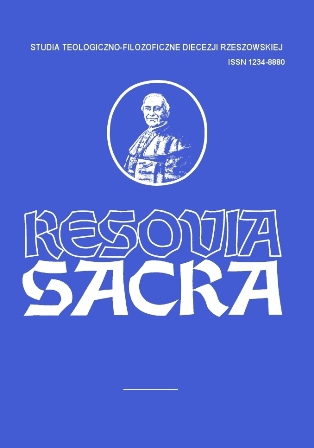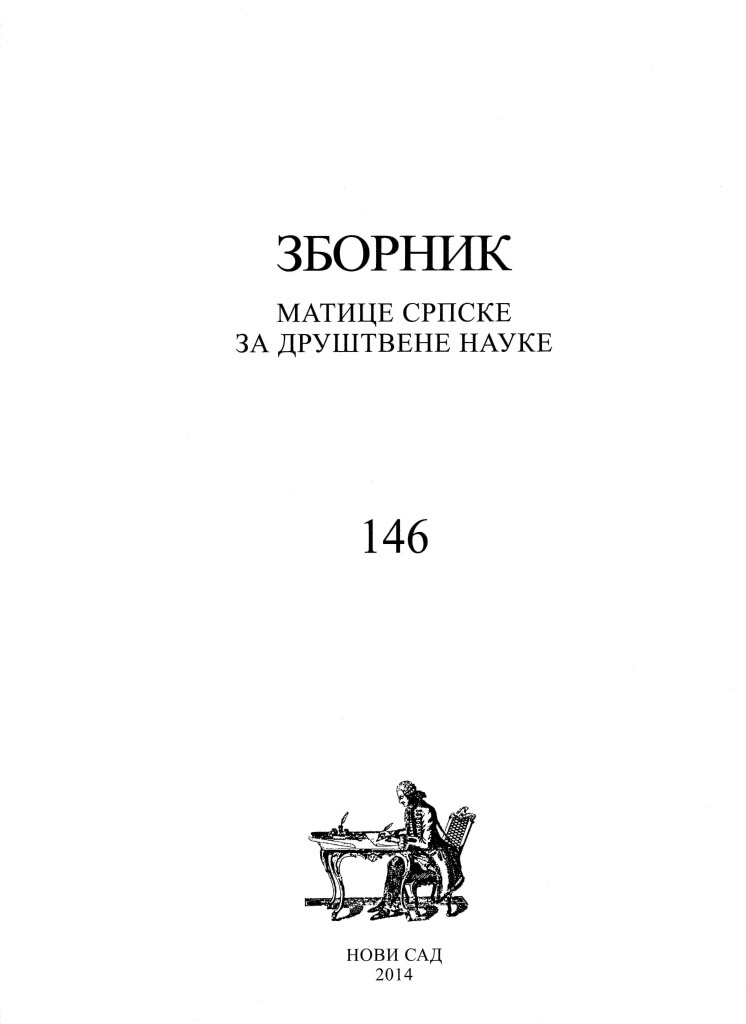Author(s): Wojciech Wąsik / Language(s): Polish
Issue: 12/2013
The author in his article entitled Simulation of marital consent representing the grounds for marriage nullity under law of the Latin Church, focuses on the discussion of a defect of consent to marriage, related to the will, which consists of the exclusion of marriage itself or the exclusion of some essential elements of marriage, or some essential properties of marriage. When it comes to the origins of fictitious consent to marriage, in other words, a group of factors which had been conducive to the creation and development of that legal institution, some authors say that this was a consequence of the ending of medieval discourse on the efficient cause of marriage. Other hypotheses propose that the simulation has been incorporated to the system of canon law from Roman law by interpolation. Disharmony between a consent to marriage and the words which express this consent was first discussed by Peter Lombard in his Sententiarum libri quatuor. The development process of the doctrine on marriage simulation started in 1212 when Pope Innocent III gave his decretal Tua nos duxit fraternitas. The 13th thru to 15th century canonists widely commented on that decretal. They also worked out basic technical terminology, involving: simulatio, simulate nuptiae and consensus fictus. The science of simulation matured for further centuries. The issue was most intensely studied in the 19th and at the beginning of 20th century. It is thanks to Cardinal J. D’Annibale that we have this distinction: simulatio cum animo non contrahendi, simulatio cum animo non sesse obligandi, simulatio cum animo non implendi. The doctrine on marriage simulation was then refined and finalized by Cardinal P. Gasparri. He also defined total simulation and partial simulation. The legislator in the 1917 Code basically relied on the assumption that internal intention of will corresponded to the uttered words or signs. The situations which were contrary to the above assumption, were settled by Canon 1086 § 2. If, by a positive act of will, the betrothed excluded marriage itself, the substance of marriage or ius in corpus, or the essential properties of marriage (unity and indissolubility), he/she contracted an invalid marriage. There were different interpretations concerning total or partial simulation among the canonists. During the revision work on the Code, the norm relating to simulation evolved under the influence of the Second Vatican Council’s teaching on a consent to marriage and the teaching on the substance of marital love, which was contained in Pope Paul IV’s Encyclical Humanane vitae. The 1983 Code settles the simulation of matrimonial consent under Canon 1101 § 2. In this new approach simulation consists in the exclusion by a positive act of will, of marriage itself or some essential elements of marriage, or some essential properties of marriage. Legal theorists have succeeded in defining a positive act of will and some of its variants. Jurisprudence have focused, among others, on the case definedas absentia consensus or negative Totalsimulation, where the betrothed grants no marital consent required by Canon 1057 and the natural law.
More...








